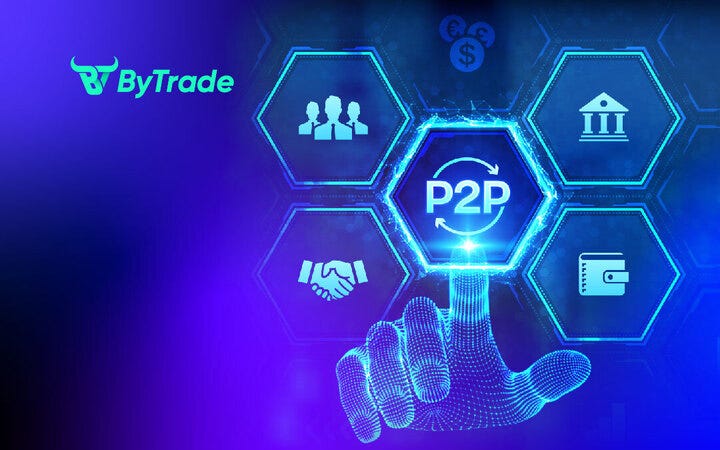The financial industry has always promised efficiency, but for many users, banks and centralised exchanges have failed to deliver on that promise. High fees, limited access, and bureaucratic processes often leave traders frustrated or excluded. The P2P trading platform emerged as an alternative, designed to strip away unnecessary layers and connect people directly. When compared to traditional systems, peer-to-peer platforms consistently outperform in two areas that matter most to users worldwide: accessibility and cost.
The Barriers of Traditional Exchanges
Centralised exchanges often function like gated institutions. To open an account, users must provide extensive documentation, sometimes wait days for approval, and often maintain minimum balances. For those living in regions with limited banking infrastructure, these requirements are nearly impossible to meet. Moreover, cross-border trading involves additional restrictions, delays, and currency conversion costs. In contrast, a P2P trading platform allows users to start trading almost instantly with just a smartphone and internet connection, bypassing the institutional barriers that exclude millions.
Accessibility in Every Market
The genius of peer-to-peer systems lies in their adaptability to local realities. A P2P trading platform supports mobile money transfers in Africa, UPI payments in India, and cash-based settlements in Latin America. Instead of forcing users into rigid global systems, it integrates with the payment methods people already use. This accessibility transforms peer-to-peer platforms into financial bridges, connecting individuals across geographies and economic classes who were previously excluded from global trade.
Cost as a Decisive Factor
Traditional institutions rely on fees as a core part of their business model. Bank transfers often carry high service charges, remittance fees can reach up to 10%, and centralised exchanges impose trading and withdrawal costs. For small traders and everyday users, these expenses are unsustainable. A P2P trading platform, by removing middlemen, reduces costs dramatically. Escrow services ensure safety without the overhead of large institutions, and competitive markets among traders drive transaction fees down. What results is a fairer system where users retain more of their money.
Transparency vs Hidden Costs
Banks and centralised exchanges frequently conceal costs in the form of spreads, service charges, and slow processing times. These hidden expenses undermine trust. On a P2P trading platform, pricing is transparent. Buyers and sellers negotiate directly, with fees disclosed upfront. Users know exactly what they are paying for and can compare offers in real time. This visibility not only reduces costs but also empowers traders to make informed decisions.
The Role of Community in Access and Cost
Accessibility and affordability are reinforced by community-driven trust systems. On a P2P trading platform, reputation scores ensure that reliable traders rise to the top, creating efficient markets where trustworthy participants are rewarded. The presence of thousands of active traders also increases competition, which naturally lowers costs. In effect, the community itself drives efficiency, something traditional exchanges cannot replicate within their hierarchical structures.
Adaptation to Emerging Economies
Perhaps the most striking evidence of peer-to-peer superiority lies in its adoption across emerging economies. In regions where traditional banking is scarce or prohibitively expensive, the P2P trading platform becomes the default choice. Migrant workers use it to send remittances, freelancers rely on it to receive global payments, and small businesses integrate it into their operations. Its affordability and accessibility align with the needs of users who cannot afford to be excluded by outdated systems.
Future Advantages Over Traditional Systems
As global adoption grows, the gap between peer-to-peer platforms and traditional institutions will widen. Integration with blockchain ensures transparency, stablecoins reduce volatility, and AI-driven monitoring increases safety. A P2P platform not only solves today’s problems of access and cost but also positions itself as the foundation of tomorrow’s financial infrastructure. Traditional exchanges may adapt, but they will struggle to match the agility of peer-to-peer systems.
Accessibility and cost are not just technical details — they define who participates in finance and who is left behind. By removing barriers and lowering expenses, the P2P trading platform empowers individuals, communities, and entire economies. It proves that global trade does not need to be exclusive or expensive. Instead, it can be open, transparent, and fair, creating a financial system that serves people rather than institutions.
